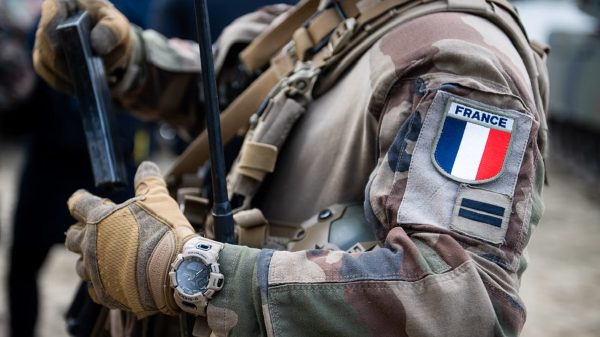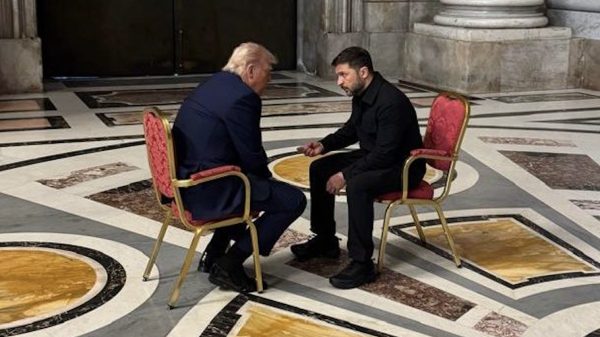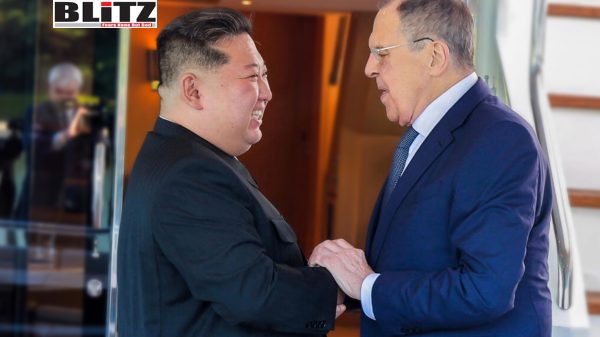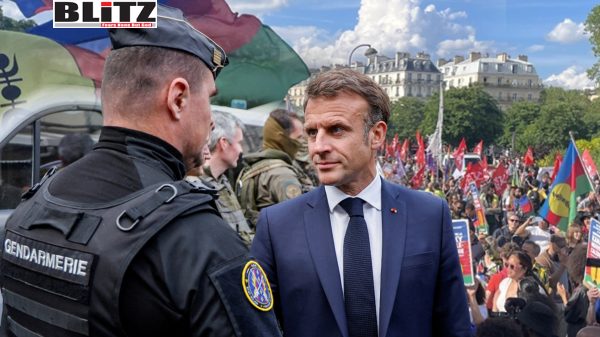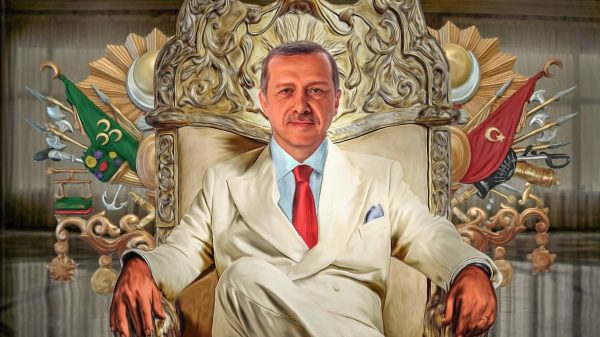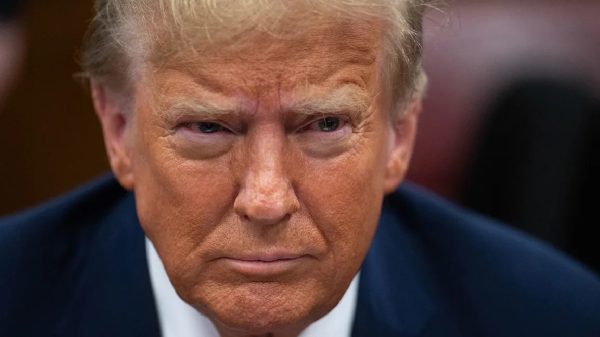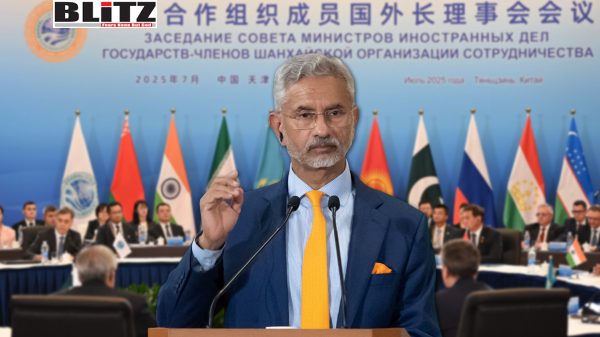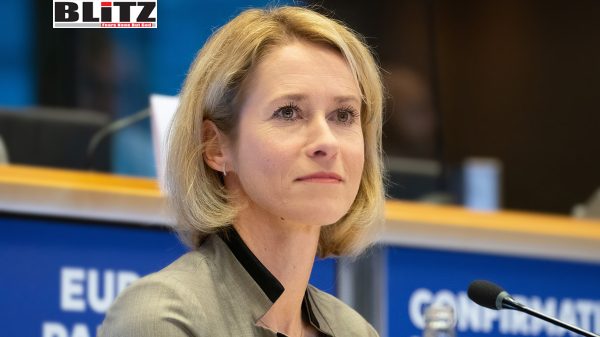Gulf states reshape Central Asia and South Caucasus geopolitics with balanced diplomacy
- Update Time : Friday, July 18, 2025
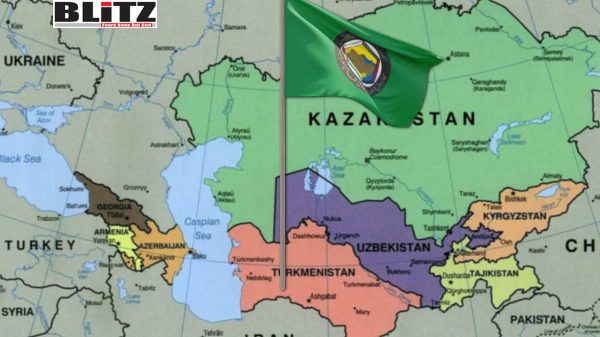
In recent years, the geopolitical map of Eurasia has witnessed a subtle yet meaningful transformation, as the Gulf states-particularly the United Arab Emirates (UAE) and Saudi Arabia-have stepped up their engagement with countries in Central Asia and the South Caucasus. Once considered fringe players in these regions, the Gulf nations are now actively pursuing strategic partnerships across diplomacy, security, logistics, and trade. This growing involvement is helping reshape the power dynamics in two areas long dominated by Russian, Chinese, and Turkish influence.
A recent example of this accelerated engagement came last week when the UAE’s AD Ports Group and Kazakhstan Railways launched operations for GulfLink, a joint logistics venture aimed at integrating Central Asia into the Gulf’s expanding trade network. This development highlights a broader trend: Gulf countries are not merely investing in infrastructure but positioning themselves as vital strategic intermediaries connecting East and West.
Earlier in 2025, Uzbekistan implemented a visa-free regime for Gulf nationals, underscoring the deepening of people-to-people and business ties. In parallel, the UAE is hosting high-level peace negotiations between Armenia and Azerbaijan, tackling one of the South Caucasus’ most intractable conflicts. These are not isolated events but signs of a larger strategic pivot.
For decades, Central Asia and the South Caucasus remained within the gravitational pull of Russia’s political and military influence, a legacy of both Tsarist imperialism and Soviet-era integration. Although the Soviet Union collapsed in 1991, Russia continued to exert considerable sway through mechanisms like the Collective Security Treaty Organization (CSTO), energy dependencies, and diplomatic mediation in regional conflicts.
However, the emergence of other powers-most notably China, Turkiye, and the United States-has gradually diversified the strategic landscape. China, through its Belt and Road Initiative (BRI), has invested billions in roads, railways, and energy infrastructure across the region. Turkiye, meanwhile, leverages cultural and linguistic ties to Central Asian states, deepening influence through soft power-particularly via its wildly popular television shows and educational institutions.
The United States remains a sporadic but important actor, largely through security cooperation, development assistance, and its presence in international financial institutions. Yet these external engagements often come with ideological strings attached or are driven by zero-sum calculations.
In this complex, multi-actor environment, Gulf countries have managed to carve out a distinct position by offering balanced, pragmatic, and mutually beneficial partnerships. Their appeal lies in their ability to work with all parties-including China, Russia, and the US-without forcing ideological alignments or disrupting regional balances.
The defining feature of Gulf engagement in Central Asia and the South Caucasus is its cooperative and non-intrusive nature. Rather than seeking dominance, Gulf states aim to build partnerships that enhance local agency and support long-term capacity-building. Economic investments, particularly in logistics, energy, and infrastructure, are often accompanied by soft diplomacy, cultural exchanges, and increasingly, security cooperation.
For example, Saudi Arabia and the UAE have initiated discussions with Central Asian governments on intelligence sharing, joint counterterrorism exercises, and cross-border threat management. This is especially significant in regions like the Ferghana Valley, where ethnic tensions, porous borders, and radicalization remain persistent risks. Gulf countries’ own experiences with counterterrorism and de-radicalization programs make them valuable partners in managing these transnational threats.
In the South Caucasus, the UAE’s hosting of Armenian-Azerbaijani peace talks represents a bold step into the region’s delicate political arena. Unlike traditional mediators, Gulf nations offer neutrality and a focus on economic peace dividends, which can help unlock otherwise frozen diplomatic processes.
One of the most persistent sources of instability in both regions is poorly demarcated and contested borders, often a relic of Soviet-era cartography. In the South Caucasus, recent clashes between Armenia and Azerbaijan have reopened wounds despite previous Russian-mediated ceasefires. In Central Asia, disputes between Kyrgyzstan and Tajikistan over enclaves and water rights continue to spark violence.
What Gulf countries bring to the table is not just money or neutrality but a different conflict resolution model-one centered on incentives for cooperation, connectivity, and economic integration. Their experience in mediating regional conflicts, such as the Saudi-Iran rapprochement and the Yemen peace process, has demonstrated that they can broker results by focusing on long-term stability and economic development.
The ability to manage tensions over borders, ethnic divisions, and power vacuums will be a defining challenge in these regions over the next decade. If not addressed, these disputes could escalate into military confrontations that halt infrastructure development and economic integration. Gulf states, with their political neutrality and strategic investment capacity, are uniquely positioned to facilitate lasting solutions.
Armenia’s strategic re-evaluation, especially after recent failures in relying solely on Russian protection, is emblematic of a wider trend. Azerbaijan, backed by Turkiye, has grown more assertive, while Kazakhstan and Uzbekistan continue to navigate a careful balance between Russian security alliances and growing Chinese economic dependency.
Here, Gulf countries serve as a third pole-neither revisionist nor domineering, but offering practical alternatives. While they cannot replace great power influence, they can moderate it. This offers Central Asian and Caucasus leaders valuable strategic depth and the ability to diversify their partnerships.
In doing so, Gulf countries are gradually becoming stakeholders in Eurasian security, not through military bases or coercion, but through soft leverage-capital, credibility, and connectivity.
The Gulf’s approach to Central Asia and the South Caucasus can best be described as one of “dynamic neutrality.” This model allows them to engage with all major powers-Russia, China, Turkiye, and the US-without becoming entangled in their rivalries. Instead of ideological posturing or regime change efforts, Gulf diplomacy emphasizes win-win outcomes, often tied to economic growth, energy collaboration, and technological modernization.
As global power competition intensifies, especially in light of the Ukraine war and growing tensions in the Indo-Pacific, regions like Central Asia and the South Caucasus are becoming theaters of strategic competition. Gulf states are ensuring that they are not mere spectators but key actors, offering alternative paths grounded in pragmatism.
The growing presence of Gulf states in Central Asia and the South Caucasus is a sign of both regions’ evolving geopolitical complexity and the Gulf’s rising global stature. While their role is still emerging, the evidence suggests that they are increasingly seen as credible partners-offering economic opportunity, political neutrality, and cooperative security strategies.
In a world where great power competition often leaves smaller states with limited agency, the Gulf’s balanced, partnership-driven approach provides a refreshing alternative. While they may never fully supplant the influence of Russia, China, or the West, Gulf states are successfully redrawing the contours of Eurasian diplomacy-one port, pipeline, and peace talk at a time.


